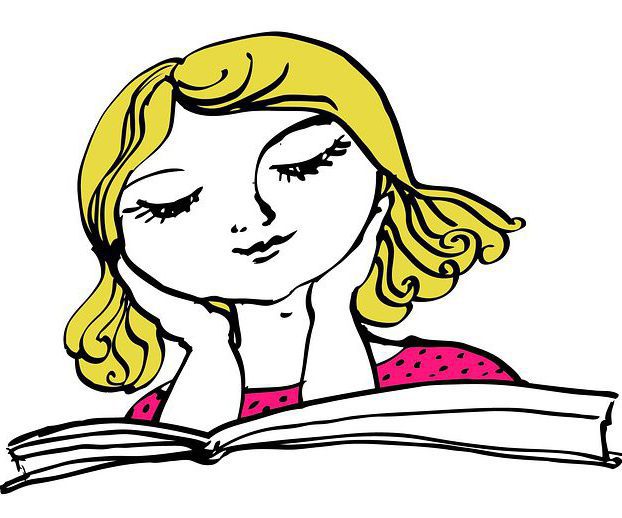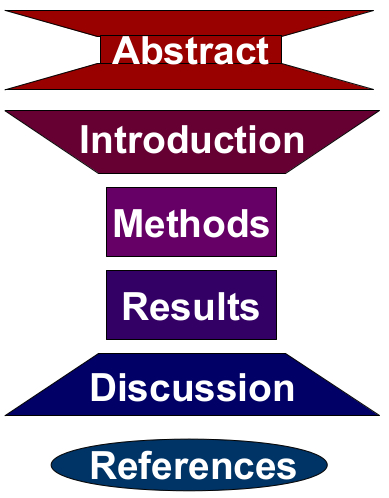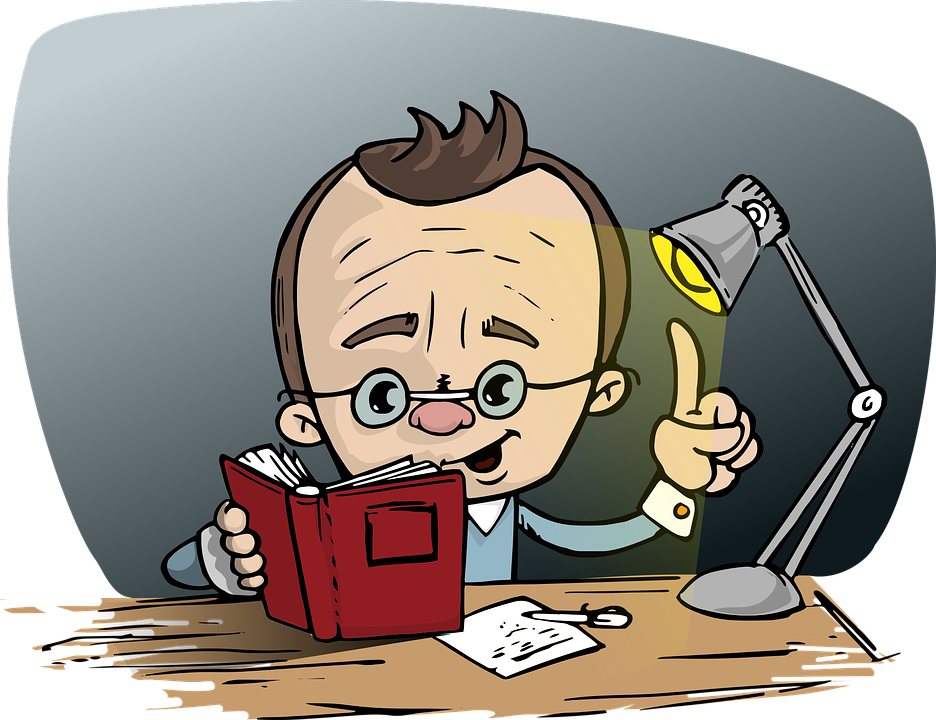
You would like to read and understand scientific papers even though you are not a scientist? That’s surely possible — if you know how to approach the complex and deeply specialized scientific literature. The first part of this mini-series discussed how to find the relevant articles and get access to them. In this second part you’ll learn an effective strategy for reading original research articles.
Conventional structure of research articles
 Before we discuss the optimal reading strategy, let’s first have a look at the typical structure of research articles. This helps us understand which kind of information do we find in which section.
Before we discuss the optimal reading strategy, let’s first have a look at the typical structure of research articles. This helps us understand which kind of information do we find in which section.
Every scientific article starts with an Abstract. This contains the summary of the paper, including some background, methods, main results and most important implications. The abstract is always freely accessible online, and it is meant to help us decide whether the article is likely to be relevant to us before we proceed to obtain the full article.
Next after the Abstract comes the Introduction, which gives answers to the question of why this study is relevant and why it was conducted in the first place. The Introduction advances from general to specific, first describing the broad context of the study, followed by the research question and the necessary background information. (The last, in some disciplines, is a separate section “Literature review”, which follows the Introduction). Then, it presents the approach that the authors have taken to answer the research question. Sometimes, you will also find a result summary at the very end of the Introduction.
After the Introduction typically follows the Methods section, which can have different names: “Materials & Methods”, “Methodology”, etc. Sometimes, this section is located at the end of the article. It answers the question of how this study was conducted: it contains all the methodological details concerning the study design, execution of the experiments, and analysis. The goal of this section is to enable other scientists to evaluate the adequacy of the used methods.
Next comes the Results section where the authors describe what they found, typically also including explanations of what the results mean. The results are not only described in text, but also presented in figures and tables.
And lastly, the Discussion section provides answers to the question “So what?”, helping us understand the meaning of the results and their implications. The Discussion emphasizes the main results and places them in the context of previous research and ongoing scientific discourse, proceeding from specific to general. At the end, the authors typically provide some predictions derived from their work and/or an outlook on future studies.
After the Discussion section, at the very end, you can find the References — scientific literature that has been cited throughout the article.
Some articles also contain Supplementary Materials, also called “Supporting Information”, which is an extra file that can be found online at the article site or accessed through a link in the main article. Supplementary Materials may include raw data, methodological details, equation derivations, and additional (peripheral/supporting) results in form of figures or tables.
Reading strategy for original research articles
 Now that we know how a typical research paper is built up, we can decide on an optimal reading strategy depending on what we want.
Now that we know how a typical research paper is built up, we can decide on an optimal reading strategy depending on what we want.
If we are already familiar with the topic and want to just quickly check some results, we can jump straight to the figures of the Results section. Good figures are self-explanatory, so we don’t need to read any text except the figure caption.
However, if we are just learning about the topic, we might need to read a bit more. Here we can try the following strategy:
- Read the Abstract and decide whether this article is relevant to you.
- Read the Introduction thoroughly and try to understand the context of the study.
- Look up any technical terms you don’t know that seem to be essential (wikipedia, why not…). Eventually have a look into some of the cited literature (esp. review articles) if needed for a better understanding.
- Jump to the Discussion section to get an overview of the results and their implications.
- Look at the figures and tables and try to understand the data.
- Read the corresponding parts of the Results section to understand the results more deeply. The Results section is organized according to the figures, discussing figure 1 first, then continuing with figure 2, etc.
- Have a look at the Methods section only if you want to understand more deeply something from the methodology. The Results section typically provides an overview of the used methods. The Methods section does not need to be read from the beginning to the end — rather, it serves like a reference to look up particular details we are interested in.
- If the Methods section is too short (which is typical of the prestigious journals Science and Nature), you might find more information in the Supplementary Materials.
- Read again the Discussion, to evaluate whether the presented results support the conclusions.
Taking notes
It’s helpful to take notes during reading, noting down your ideas and questions as they pop up, as well as to mark relevant text passages. Notes and mark-ups allow you to later get a quick overview of the paper and its main messages. This is especially useful if you are trying to dig deeper into a topic, thus reading and comparing several different papers.
Questions?
Now you know an effective strategy for reading scientific research paper. If you still have open questions you would like to get answered, don’t hesitate to leave a comment.
The first part of this series explains how to find relevant scientific articles and get access to them. In the third part you can learn how to understand scientific results including some basics in statistics and tips how to handle contradicting information.
Some times I am tempted to highlight the whole paper bacause every word and statement is important to me. Is it a problem?
And what do you think? Is it helpful? 🙂
I would say that when you highlight too much, the highlighting loses its meaning as a way to mark the most important things. If you are tempted to highlight a lot, then you could use two different colors: one for the main ideas and another one for all the other things that you find relevant.
However, excessive highlighting is not much of a problem if you then in the next step write down notes about the paper you’ve just read. Taking notes forces you to make a selection, to specify and organize what you have just learned. It also helps you transform your freshly gained passive knowledge into active knowledge ready to be used. So I would definitely not skip this second step of note taking…